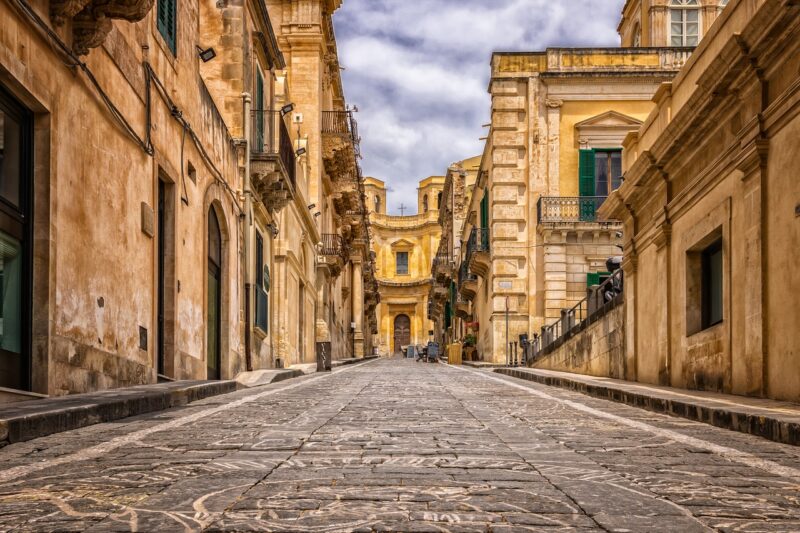
Urban design encompasses the planning and design of cities and towns, focusing on the arrangement and organization of buildings, public spaces, transport systems, and infrastructure. It’s a vital component that not only shapes the aesthetic appeal of an urban area but significantly influences traffic flow and road safety. This article delves into how thoughtful urban design can enhance traffic movement and promote safer environments for all road users.
1. The Importance of Urban Design in Transport Systems
The layout of streets, intersections, and public transport systems directly impacts how vehicles and pedestrians navigate urban environments. Poorly designed urban areas can lead to congestion, accidents, and increased pollution levels. Conversely, strategic urban planning can:
- Reduce Traffic Congestion: Efficient designs that prioritize heavy-traffic routes help manage the flow of vehicles, reducing bottlenecks and congestion points throughout the city.
- Enhance Public Transport Accessibility: Urban designs that integrate public transport systems such as buses, trams, and subways facilitate easy access and encourage the use of alternative transport modes over personal vehicles.
- Promote Walkability and Cycling: Well-planned pedestrian pathways and cycling lanes encourage healthy, eco-friendly transportation modes, relieving traffic and reducing emissions.
Successful urban design not only enhances the aesthetic quality of urban spaces but also effectively manages traffic to create a more functional city environment.
2. Key Elements of Effective Urban Design for Traffic Flow
Urban design encompasses various elements that work together to create a harmonious flow of traffic. Some key elements include:
a. Street Layout and Hierarchy
A clear street hierarchy, where main roads connect to secondary roads and finally local streets, helps in managing traffic flow. Roads designed to accommodate higher speeds, such as arterials, should be distinct from those meant for local access, designed for slower speeds and pedestrian safety.
b. Intersection Design
Intersections are critical points where traffic can become congested or dangerous. Effective designs, such as roundabouts or traffic signals, can improve traffic flow and reduce the likelihood of accidents. Roundabouts, in particular, are shown to decrease accident rates due to their continual traffic movement and lower speeds.
c. Traffic Calming Measures
Incorporating traffic calming measures creates safer roads for pedestrians and cyclists. Speed bumps, narrow roadways, and curb extensions (or bulb-outs) encourage drivers to reduce their speed, ultimately enhancing safety without impeding traffic flow excessively.
d. Public Transport Integration
Integrating public transport routes within the city’s overall design provides more transport options and reduces reliance on personal vehicles. Bus lanes, tram tracks, and metro access points should be strategically placed to encourage public transport use.
These elements are foundational in creating an urban environment that supports both effective traffic management and road safety.
3. Case Studies: Successful Urban Design Examples
Examining real-world examples of successful urban designs can provide insights into the impact of thoughtful planning on traffic flow and safety.
a. Amsterdam
Amsterdam is renowned for its advanced cycling infrastructure. The city’s design prioritizes cyclists with dedicated lanes, bike-friendly traffic signals, and ample parking facilities, which has significantly reduced traffic-related incidents between cyclists and cars. This design not only promotes cycling but also alleviates road congestion.
b. Copenhagen
Copenhagen has embraced the concept of ‘green waves’ for cyclists, where traffic lights are synchronized to allow uninterrupted cycling. The city significantly reduced car traffic in favor of biking, leading to enhanced air quality and fewer accidents. The proactive urban designs encourage healthy commuting habits and support efficient traffic flow.
c. New York City
New York City’s Times Square underwent a transformation where parts of the street were converted into pedestrian plazas, greatly reducing vehicle traffic in that area. This redesign has improved pedestrian safety and reduced accidents, demonstrating how urban design can reclaim space for people rather than cars.
These case studies highlight the positive outcomes of integrated urban design strategies that prioritize both traffic flow and safety.
4. The Role of Technology in Urban Traffic Management
Advancements in technology, such as smart traffic systems and real-time data analytics, play a pivotal role in enhancing urban design. Here are a few ways in which technology contributes to effective traffic management:
a. Intelligent Traffic Signals
Smart traffic signals utilize sensors and data to adjust signal timings based on real-time traffic conditions. This capability reduces wait times, optimizes traffic flow, and can be programmed to prioritize emergency vehicles.
b. Traffic Monitoring Systems
Real-time monitoring of traffic patterns can inform urban planners and law enforcement about congestion areas and accident hotspots. This data allows for timely interventions, better resource allocation, and enhanced road safety initiatives.
c. Public Transport Apps
Applications providing real-time public transport information improve user experience and encourage people to choose public transport over driving. Effectively integrating technology into urban design supports smart growth and promotes safer, more efficient transportation systems.
Technology, when implemented judiciously, can herald a new era in urban traffic management, marrying efficiency and safety.
5. Conclusion: The Future of Urban Design and Transportation
As urban spaces continue to evolve, the importance of integrating design principles that prioritize traffic flow and road safety cannot be overstated. With urban areas facing increasing populations and vehicle usage, the focus on effective urban designing becomes critical.
Looking ahead, urban design must:
- Be Adaptive: Urban design strategies need to remain flexible to adapt to changing demographics and transportation needs over time.
- Promote Sustainability: Designs should focus on environmentally sustainable practices, such as reducing car dependency, promoting public transport, and enhancing green spaces.
- Engage the Community: Inclusive planning that seeks community input can optimize design solutions that cater to the needs of all urban users, from pedestrians to drivers.
Urban design will always play an essential role in shaping our cities’ future, and prioritizing safety and flow will ensure a better quality of life for all residents. By embracing innovative designs and technology, cities can create harmonious environments that cater to all users, ultimately fostering safer and more efficient transportation networks.






